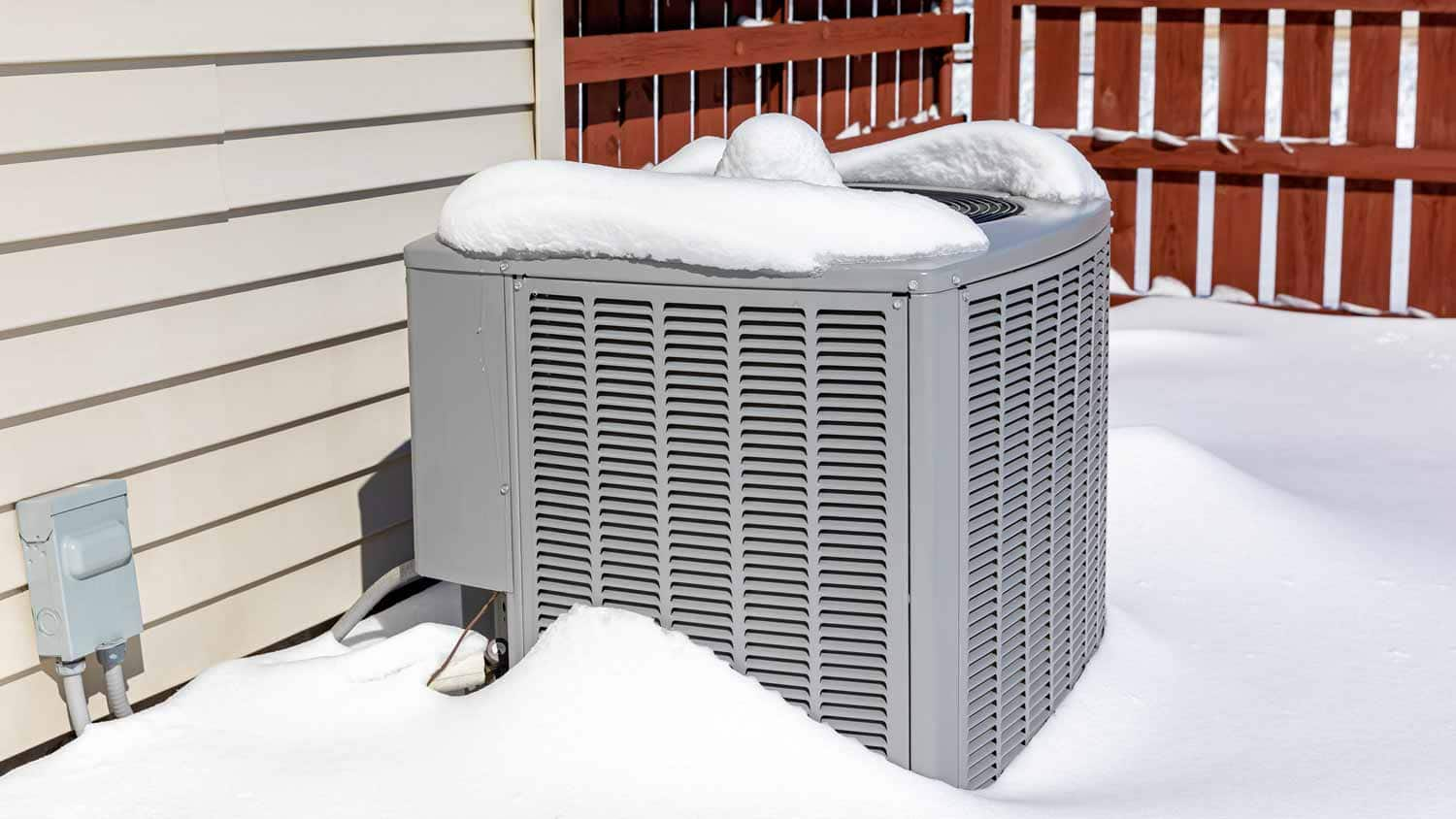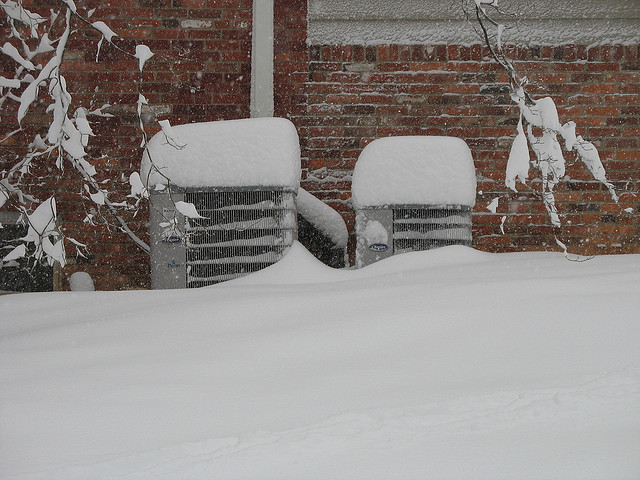What to Handle a Frozen AC Pipe - Critical Measures for Restoration
What to Handle a Frozen AC Pipe - Critical Measures for Restoration
Blog Article
We have come across the article about What Causes AC Pipes To Freeze? listed below on the net and felt it made perfect sense to relate it with you on this site.

Introduction
Finding that your air conditioner pipeline is frozen can be worrying, specifically throughout hot summertime when you depend on your ac unit the most. Recognizing what to do in such a circumstance is essential to prevent more damage to your cooling system and ensure your comfort inside your home.
Comprehending the Causes
Several variables can contribute to the cold of an air conditioning pipeline. Understanding these causes can aid you attend to the problem efficiently.
Absence of Airflow
One typical cause of a frozen air conditioner pipeline is inadequate air movement. When the airflow over the evaporator coil is limited, it can trigger the coil to go down below freezing temperature level, leading to ice formation on the pipeline.
Low Refrigerant Levels
Insufficient refrigerant levels in your air conditioning system can also cause an icy pipe. Low refrigerant levels can cause the pressure in the system to drop, bring about the freezing of wetness on the evaporator coil.
Cold Weather Conditions
In chillier climates, freezing temperature levels outside can add to the cold of AC pipes. If your air conditioner device is not effectively insulated or if there are leaks in the ductwork, cold air can infiltrate the system, causing the pipe to ice up.
Dirty Air Filters
Filthy or stopped up air filters can limit airflow in your a/c system, causing different issues, consisting of a frozen pipeline. It's important to replace or cleanse your air filters frequently to make certain appropriate air flow and protect against ice buildup.
Signs of a Frozen AC Pipe
Recognizing the indicators of a frozen a/c pipe is crucial for punctual action.
Reduced Airflow
If you see a substantial decrease in air movement from your vents, it might show a frozen pipeline.
Ice Buildup on the Pipe
Visible ice accumulation on the refrigerant line or the evaporator coil is a clear indicator of a frozen AC pipe.
Odd Sounds from the Unit
Unusual audios, such as hissing or gurgling, coming from your a/c unit can signify that there's ice existing on the pipe.
Immediate Actions to Take
When confronted with a frozen air conditioning pipe, it's vital to act swiftly to stop additional damage to your air conditioning system.
Switching off the a/c
The primary step is to shut off your a/c unit to prevent the system from running and aggravating the concern.
Looking for Blockages
Evaluate the location around the indoor unit for any obstructions that may be blocking airflow, such as furniture or drapes.
Thawing the Pipe
You can utilize gentle approaches like placing towels soaked in warm water around the icy pipeline to aid thaw it slowly.
Safety nets
Taking safety nets can help avoid future occurrences of an icy a/c pipe.
When DIY Methods Fail
If your efforts to thaw the pipe or address various other problems are unsuccessful, it's time to call in an expert.
Importance of Hiring a Professional HVAC Technician
A licensed HVAC technician has the expertise and tools essential to diagnose and fix concerns with your air conditioning system safely and successfully.
Routine Maintenance Checks
Set up routine maintenance get in touch with a professional HVAC service technician to make sure that your a/c system is running efficiently.
Changing Air Filters
Frequently replace or clean your air filters to stop air flow limitations and maintain optimum efficiency.
Shielding Exposed Pipes
If your AC pipelines are subjected to chilly temperature levels, consider shielding them to avoid cold throughout winter months.
Seeking Professional Help
If DIY approaches stop working to fix the issue or if you're uncertain regarding exactly how to continue, it's finest to seek help from a certified HVAC professional.
Verdict
Handling a frozen AC pipe can be an irritating experience, yet recognizing exactly how to respond can aid decrease damage and restore convenience to your home. By comprehending the causes, recognizing the indications, and taking prompt action, you can efficiently resolve the problem and avoid future incidents.
G UP? HOW TO FIX IT?
It happens all over America. And the rest of the world probably. It’s the hottest day ever and for some darn reason your AC isn’t cooling the house. You fiddle with the thermostat to try and fix the problem. Nada. All you can do now is go outside and check the AC unit. You make your way there and find your air conditioner unit is frozen! But how?
In this post we’ll cover how you can tell that your air conditioner has frozen (other than the obvious reasons), what could have caused the freeze, and some of the things you can do about your AC freezing up. And if you have a frozen heat pump condenser, read our blog about it to learn what to do! But remember, it is always best to avoid your AC freezing up with an AC tune up. And if you are moving into a home, it's critical to get HVAC inspection so that you are aware of an AC problems before you move in.
Keep reading and you may be able to fix the frozen AC yourself. If you can’t, call an HVAC specialist. If you live in Maryland, call SuperTech HVAC for AC repair. We’ll take care of it.
How Does An Air Conditioning Unit Work?
How you probably imagine an AC works is wrong. Contrary to popular belief, an AC system does not inject cool air into a building. Instead, it removes the heat from inside and transfers it outside. Cool huh? (Pun intended).There are 4 major components among the 3 stations of an air conditioning system: the evaporator coil, the compressor, the condenser, and the refrigerant – a special chemical that links everything together through a closed loop system.
Station 1:
Warm indoor air is sucked into the return vent, through a filter, and blows over the evaporator coil. The heat is absorbed into the cold refrigerant, turning it from liquid to gas. The air, which is now cool, is blown back into the home to areas that your thermostat, i.e. you, has decided.
Station 2:
The refrigerant makes its way outside the house to the compressor, which squeezes the warm refrigerant, raising its gaseous temperature even more.
Station 3:
When the super hot vapor refrigerant reaches the condenser, the last step, the heat is expelled and absorbed into the outdoor air. The refrigerant instantly cools, which changes it from gas back to liquid form. The cold liquid refrigerant is now ready to return to station 1 and repeat the process.
Is Your AC Freezing Up? Here Are The Signs:
As you may have guessed, your air conditioner unit freezing up on a hot day is not normal.
If this happens, there's no need to panic. Often the issue can be solved with a little troubleshooting. If the AC unit is left frozen for too long however, you may find yourself with a bigger problem.
First things first, how do you know your AC is frozen?
Well, the obvious sign is the ice on your refrigerant line-set pipe. Simply check between your outdoor AC unit and your home's exterior wall to see whether your AC line frozen.
You might also have a frozen evaporator coil. This one's not as easy to check. You'll need to open a panel on the indoor unit to inspect. Don't do this unless you're handy. If you aren't, call an HVAC pro like SuperTech HVAC or you may damage something in the process.

I ran across that piece about Have a Frozen AC Line? Here’s How to Fix It while doing a search on the search engines. Do you know another individual who is occupied with the niche? Take a moment to share it. Thanks for going through it.
More Details Report this page